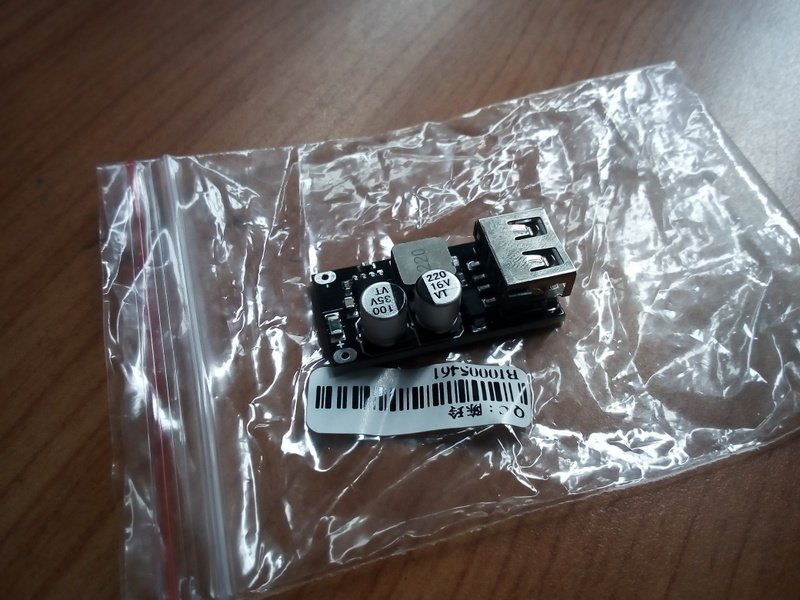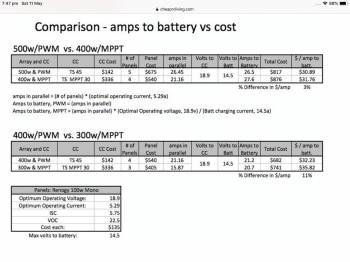The differences listed above are largely due to the two types of solar regulators.
1. The standard regulator (PWM) just drops the voltage, but leaves the current. So, a 250W panel putting out around 20V (@ say 11A) , will have its voltage dropped to say 13.5V, meaning it's effectively putting out ~148W or around 59%. That's a lot of wasted charging power.
This is not the panel's fault, but the PWM charge controller's inefficient design. It is not tracking the panel's maximum power point which may be 18V & 14A. This is generally specified on the panel. The PWM controller is also dumping the voltage difference (20-13.5 =6.5V) times the current (11A) giving 71.5W as wasted heat.
You've saved on the cost of a better controller, but your efficiency is way down.
2. Now try using an MPPT (maximum power point tracking) controller. (they cost more).
These units intelligently constantly change their front end loads to accurately track the panel's maximum power point (which varies with incident solar power.)
With an efficiency of ~90 - 95%, they convert the input power from say 250W to match the battery's charge state (say 13.5V).
So, with an input of 250W, an output of say 90% efficiency or 225W, this means they are providing 13.5V at 16.7A.
Note that the charging current has actually gone up!
So, these units not only track the solar panel's maximum output power point, but they provide a dc-dc converter, reducing the charging voltage to match the battery, but increasing the current.
So, with this MPPT controller investment you've gone from ~59% efficiency to 90+% efficiency with a corresponding increase in maximum charging current from 11A to 16.7A in full sun.
You've spent good money for good solar panels - don't buy more panels taking up more room and requiring constant moving, just a better controller (MPPT) - there are hundreds out there, and you'll save big time in the long run.
It's not rocket science, just intelligent technology.







